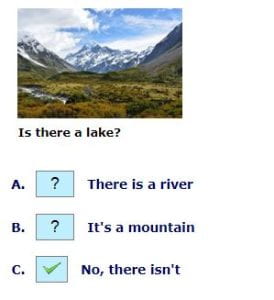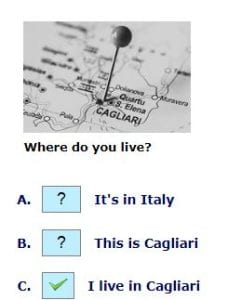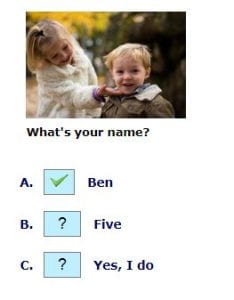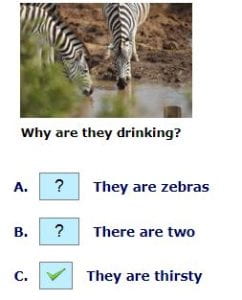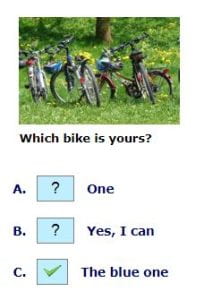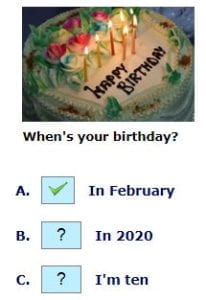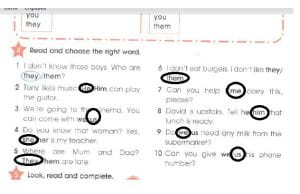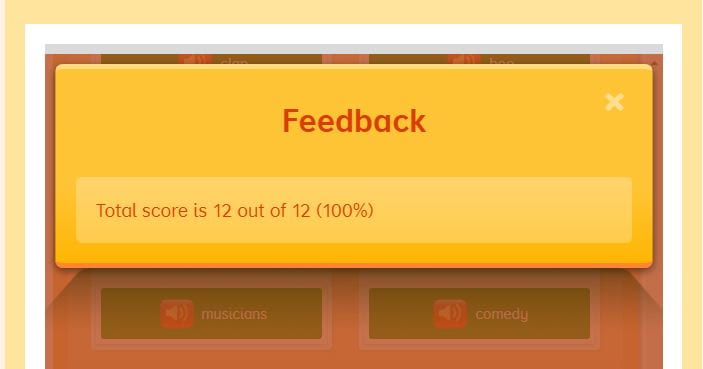
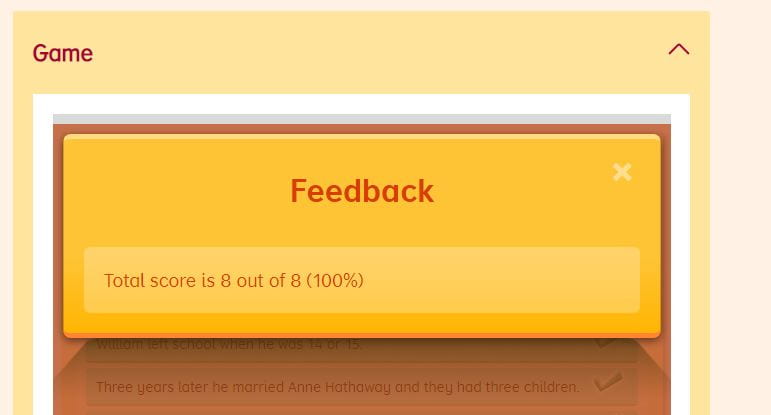

Big Ben, officially called Elizabeth Tower, is one of the most famous and popular landmarks in London, England. The tower has four clock faces – one on each side – and five bells hanging inside. Many people are surprised to learn that ‘Big Ben’ really refers to the largest bell inside the tower, and not the clock or the tower itself. The story of Big Ben began in 1834 when a fire destroyed the old Palace of Westminster. A new Parliament building was constructed, and along with it, a clock tower. Construction of the new building began in 1840, but the clock would not be completed for decades. One reason for this is that the Royal Astronomer demanded that the clock be accurate to within
one second, something that at the time was considered impossible. The design for the clock was completed in 1851 and the clock was completed in 1854, but the tower was not ready for it until 1859. The largest bell is officially known as the Great Bell, but most people call it ‘Big Ben.’ No one is sure where it got its name: it might have been named for Sir Benjamin Hall, the project commissioner at the time, or it might have been named for Ben Caunt, who was a famous boxer. The original Great Bell was cast in 1856. It weighed 16 tons and was so large that it had to be transported on a trolley pulled by 16 horses. While it was waiting to be installed in the tower the bell was tested, but the hammer used to strike it caused it to crack beyond repair and the bell had to be recast. The new bell was cast in 1858 and weighed only thirteen and a half tons. It is seven and a half feet or 2.3 meters tall and 9 feet or 2.75 meters in diameter. Once the tower was ready Big Ben had to be hauled 200 feet or 61 meters up into the belfry, a job which took more than a day to complete. Big Ben chimed for the first time in 1859, more than 150 years ago. Unfortunately, the hammer used to strike the bell was too heavy, causing it to crack only a few months after it was installed. Big Ben was out of commission for three years. A square of metal was removed from the bell around the crack and the bell was turned slightly so that the hammer would strike solid metal. This damage to the bell remains to this day, but Big Ben strikes the hour just fine. In addition to Big Ben, four smaller bells hang in the belfry. These four smaller bells are called quarter bells. They play part of a melody every fifteen minutes, and the full melody on the hour. Elizabeth Tower is 315 feet or 96 meters high, made of brickwork and cast iron, with a thick concrete foundation. Each of the four clock faces are 180 feet or almost 55 meters above the ground, and are 23 feet or 7 meters across. The iron frame of each clock face supports 312 pieces of glass. At night, each huge clock face is illuminated by a set of 28 light bulbs, but the clock was originally lit up by gas lights. Each night, someone would have to light each lamp and make sure that they stayed lit until morning. Big Ben is famously reliable. The pendulum that determines the speed of the clock swings every two seconds. To speed it up or slow it down, pennies are added or removed. Adding or removing a penny from the pendulum will change its speed by .4 seconds per day. You may be surprised to learn that this gigantic clock is not powered by electricity, but is instead wound up three times a week. Once the clock was wound by hand, but now most of it is wound by machines. For more than 150 years, the tower was known simply as the clock tower, or sometimes ‘St. Stephen’s Tower.’ It was not renamed Elizabeth Tower until 2012, on the occasion of Queen Elizabeth II’s Diamond Jubilee, which celebrated her 60th year as queen. Although Big Ben is a popular tourist attraction, you cannot go inside unless you are a resident of the United Kingdom and are sponsored by a member of Parliament. Visitors who wish to see the top have to climb over 300 stairs to reach it, because there is currently no elevator inside the tower. However, Big Ben is scheduled to undergo major renovation beginning in 2017, and among other changes and repairs, an elevator is expected to be installed. I hope you enjoyed learning about Big Ben today. Goodbye till next time!
 |
be | was / were |  |
 |
begin | began |  |
 |
break | broke |  |
 |
bring | brought |  |
 |
build | built |  |
 |
buy | bought |  |
 |
come | came |  |
 |
do | did |  |
 |
draw | drew |  |
 |
drink | drank |  |
RICKY: Let’s start with the basics … a smiley face. The meaning is quite obvious, isn’t it? Whatever we’re talking about is making me grin. I’m happy. We’re smiling. Ah, not always, you see, because in China some people think the complete opposite. They think this face is sarcastic so using it could be quite mean. [Types] You’re great.
MARTIN: All right, Ricky. Tell me what you really think.
RICKY: What about this one? Is it a prayer? Is it a high five? Actually, it’s originally from Japan and it means either ‘please’ or ‘thank you’!
MARTIN: [Types] Martin (heart) your jumper today.
[Music]
RICKY: Ah, thank you, Martin! But actually it’s a shirt. I use this cheeky-looking guy when I’m trying to be funny or I’m a bit embarrassed. But this cheeky emoji is actually meant to be wise and it comes from a Japanese legend. The three wise monkeys cover up different parts of their face to show that they see no evil, hear no evil and speak no evil.
What about this one? For most of us here in the UK this one is tears of joy. The face is laughing so much it’s actually crying. [Types] Tripped up in a puddle this morning. But in some cultures this face means something completely different. It’s actually a face of someone who’s quite upset.
MARTIN: Oh no, Ricky! Ricky, are you OK? Why are you crying?
RICKY: Martin, I’m totally fine. I was just laughing.
MARTIN: Oh, I thought you were crying.
RICKY: Anyway, I’ve got to go, because I’ve got to present the show.
MARTIN: OK. Well, have a good show and before you go, take this. [laughs]
RICKY: OK.
MARTIN: Bye!
RICKY: Ugh. Why would he give me a poo?
MARTIN: Because … sending a poo actually means good luck in Japan.
RICKY: Ugh!
English
https://learnenglishkids.britishcouncil.org/video-zone/emoji-meanings-around-the-world
opposite-հակարակ
funny-զվարճալի
sarcastik-սխալ
cheeky-հանդուգն
embarrassed-շփոթված
upset-տխուր
wise-իմաստուն
mean-չար




